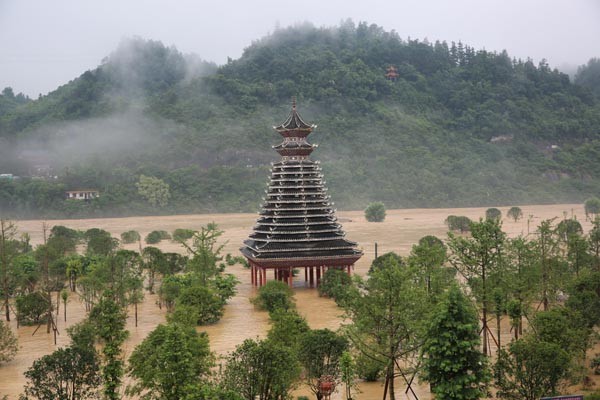Super typhoon Nepartak brought incessant rain to the city of Wuhan last Wednesday. The Chinese city drowned in floods after an overnight spate of heavy downpour.
The city has been on red alert after the nonstop rains that poured since Tuesday.
The floods have already affected 26 provinces.
Because of the heavy rains, over 32 million residents had their water and power supplies cut. Residents were also trapped and could not have access to rescue teams.
There were already 186 reported dead and 46 individuals still missing, according to the report of The Office of the State Flood Control and Drought Relief Headquarters.
The report also stated that there were about 56,000 homes that collapsed and more than a million people displaced and relocated.
Reports indicate that there are about 100 milllion people dead or missing nearthe Yangtze River.
The Chinese government announced a red alert when rainfall level hit 1.8 feet, the highest in the city's history.
Chinese Premier Li Keqiang went to Wuhan to oversee relief operations as more winds and rains are expected.
"With the worst perhaps yet to come this month and next, the country must take precautions and prepare to keep residents safe," Li said.
This latest disaster is similar to the flooding that hit China in 1998. However, the rains that hit the city now is spread out through the region and the magnitude of the impact is further stretched.
Billions of yuan have been spent by the Chinese government from 1998 to 2002 to control the flooding from the Yangtze River. The estimated total amount of spending for infrastructure is 17 billion yuan. Experts said that the money spent on flood control infrastructure is not enough to meet the demands of highly populated urban centers.



























